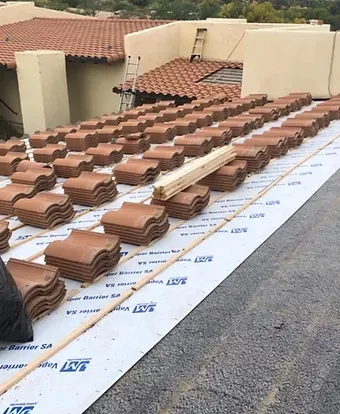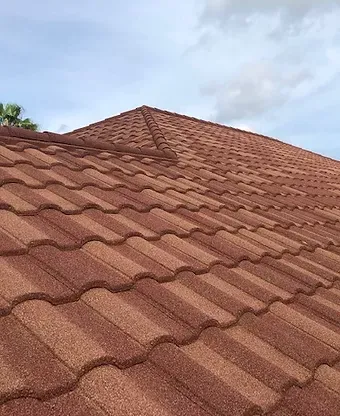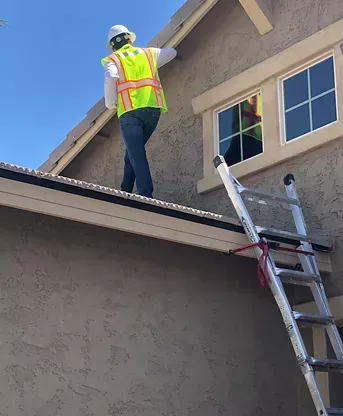Top Signs Your Roof Needs Repair in Southwest Florida

Understanding the Unique Challenges of Roofing in Southwest Florida
Southwest Florida’s climate is a unique blend of intense heat, heavy rainfall, and the ever-present threat of hurricanes. These environmental factors create a perfect storm of challenges for homeowners, especially when it comes to roof maintenance and durability. The region’s subtropical climate means roofs are exposed to high temperatures and UV radiation almost year-round. Over time, this constant exposure can cause materials like asphalt shingles to dry out, crack, or lose their protective granules, reducing their ability to shield your home effectively.
Rainfall in Southwest Florida is another major concern. The rainy season, which typically lasts from May to October, brings torrential downpours that can test the integrity of your roof. Poor drainage or minor vulnerabilities in roofing materials can quickly escalate into leaks or water damage. Additionally, the high humidity levels can exacerbate issues like mold and mildew growth, which not only compromise the roof’s structural integrity but also pose health risks to your household.
Hurricanes and tropical storms are perhaps the most significant threat to roofs in this region. The high winds, flying debris, and heavy rains associated with these storms can cause catastrophic damage, from lifted shingles to punctures and even complete roof failure. Homes in Southwest Florida must adhere to strict building codes designed to withstand hurricane-force winds, but even the most robust roofs can suffer damage during severe weather events. Understanding these unique challenges is the first step in identifying when your roof may need repair.
Visible Damage: Cracks, Missing Shingles, and Granule Loss
One of the easiest ways to determine if your roof needs repair is by inspecting it for visible damage. Cracked tiles, missing shingles, and granule loss are all common signs of wear and tear, especially in Southwest Florida’s harsh climate. Asphalt shingles, for example, are designed with a protective layer of granules that shield them from UV rays and water. When these granules start to wear away, the shingles become less effective at protecting your home, leaving it vulnerable to leaks and other issues.
Missing shingles are another red flag. High winds from storms or hurricanes can easily lift shingles off your roof, exposing the underlayment and leaving your home susceptible to water damage. Similarly, cracked or broken tiles on a tile roof can compromise its ability to keep moisture out. These issues are often exacerbated by Southwest Florida’s intense heat, which can cause roofing materials to expand and contract, leading to cracks over time.
Regular visual inspections, either from the ground or with the help of a professional, can help you spot these signs early. If you notice any of these issues, it’s crucial to address them promptly to prevent further damage. Ignoring visible damage can lead to more extensive repairs down the line, including structural issues or even the need for a full roof replacement.
Leaks and Water Stains Inside Your Home
Water stains on your ceilings or walls are often the first indication of a roof leak. In Southwest Florida, where heavy rainfall is common, even a small leak can quickly escalate into a major problem. These stains typically appear as discolored patches, often yellow or brown, and may be accompanied by peeling paint or bubbling drywall. If left unaddressed, water leaks can lead to mold growth, wood rot, and structural damage, all of which can be costly to repair.
Roof leaks can occur for various reasons, including damaged shingles, cracked flashing, or clogged gutters. In some cases, the issue may stem from poor installation or aging materials that can no longer withstand the region’s intense weather conditions. It’s important to act quickly when you notice water stains, as Southwest Florida’s humid climate can accelerate the growth of mold and mildew, posing health risks to your family.
To prevent leaks from causing extensive damage, consider scheduling regular roof inspections, especially after heavy storms or hurricanes. A professional roofer can identify the source of the leak and recommend appropriate repairs, ensuring your home remains protected during the rainy season.
Sagging Rooflines and Structural Concerns
A sagging roofline is one of the most alarming signs that your roof may need immediate attention. This issue often indicates serious structural problems, such as weakened supports, water damage, or excessive weight from debris or pooling water. In Southwest Florida, where roofs are frequently exposed to heavy rainfall and hurricane-force winds, sagging can be particularly concerning.
The causes of a sagging roofline can vary. In some cases, it may be due to aging materials that can no longer support the roof’s weight. In others, it could be the result of water infiltration that has weakened the underlying structure. Additionally, improper installation or insufficient support during construction can lead to sagging over time. Regardless of the cause, a sagging roof is a clear sign that your home’s structural integrity is at risk.
If you notice a dip or curve in your roofline, it’s essential to consult a professional immediately. Ignoring this issue can lead to further damage, including roof collapse during severe weather events. In a region like Southwest Florida, where hurricanes are a constant threat, ensuring your roof is structurally sound is not just a matter of aesthetics—it’s a matter of safety.
Mold, Mildew, and Algae Growth
Southwest Florida’s humid climate creates the perfect environment for mold, mildew, and algae growth on roofs. These issues not only affect the appearance of your roof but can also compromise its integrity over time. Mold and mildew are particularly problematic because they thrive in damp conditions, often resulting from poor drainage or minor leaks. If left unchecked, they can spread to other areas of your home, causing health problems and structural damage.
Algae growth, while less harmful than mold, can still be a nuisance. It often appears as dark streaks on shingles, detracting from your home’s curb appeal. Over time, algae can degrade roofing materials, reducing their lifespan and effectiveness. In Southwest Florida, where humidity levels are consistently high, these issues are more common than in other regions.
Regular cleaning and maintenance can help prevent mold, mildew, and algae growth. Consider using roof treatments designed to inhibit these organisms or scheduling professional cleanings to keep your roof in top condition. Addressing these issues early can save you from costly repairs and ensure your roof remains both functional and visually appealing.
Increased Energy Bills: Poor Insulation and Ventilation
A damaged roof can have a surprising impact on your energy bills. In Southwest Florida, where air conditioning is a necessity for much of the year, poor insulation and ventilation caused by roof damage can lead to higher energy costs. When your roof’s integrity is compromised, it can allow heat to enter your home more easily, forcing your HVAC system to work harder to maintain a comfortable temperature.
Issues like missing shingles, damaged underlayment, or inadequate ventilation can all contribute to energy inefficiency. For example, a roof with poor ventilation can trap heat in your attic, creating a “heat island” effect that raises indoor temperatures. Similarly, damaged insulation can allow cool air to escape, reducing your home’s energy efficiency.
If you’ve noticed a sudden spike in your energy bills, it may be worth inspecting your roof for signs of damage. Addressing these issues not only helps lower your utility costs but also improves your home’s overall comfort and sustainability.
Storm Damage: Signs to Look for After Hurricanes or Severe Weather
Southwest Florida is no stranger to hurricanes and tropical storms, which can wreak havoc on roofs. After a severe weather event, it’s crucial to inspect your roof for signs of storm damage. Common indicators include lifted or missing shingles, punctures from flying debris, and dents or cracks in roofing materials. Even minor damage can lead to significant problems if not addressed promptly.
Debris impact is another concern. Fallen branches or other objects can cause punctures or dents, compromising your roof’s ability to keep water out. Additionally, high winds can loosen flashing or gutters, further increasing the risk of leaks. In some cases, storm damage may not be immediately visible, making professional inspections essential.
After a hurricane or tropical storm, prioritize a thorough roof inspection to identify and address any issues. Doing so can prevent further damage and ensure your home remains protected during future weather events.
Age of Your Roof: Knowing When Replacement Might Be Necessary
Roofs have a finite lifespan, and older roofs are more prone to issues. In Southwest Florida, the intense climate can accelerate wear and tear, making it essential to know when replacement might be necessary. Asphalt shingles typically last 20-30 years, while tile roofs can last up to 50 years with proper maintenance. However, factors like storm damage, poor installation, or lack of upkeep can shorten these lifespans.
If your roof is nearing the end of its expected lifespan, it’s wise to schedule an inspection to assess its condition. Signs that replacement may be necessary include frequent leaks, widespread damage, or sagging rooflines. While repairs can address minor issues, an aging roof may require a full replacement to ensure your home remains protected.
Investing in a new roof not only improves your home’s safety but also enhances its energy efficiency and curb appeal. In a region like Southwest Florida, where extreme weather is common, a durable, well-maintained roof is a critical component of homeownership.
Benefits of Regular Roof Inspections in Southwest Florida
Routine roof inspections are one of the best ways to catch problems early and extend the life of your roof. In Southwest Florida, where extreme weather conditions are the norm, regular inspections are particularly important. A professional roofer can identify issues like damaged shingles, leaks, or structural concerns before they escalate into costly repairs.
Inspections are especially crucial after hurricanes or severe storms, as even minor damage can compromise your roof’s ability to protect your home. Additionally, regular maintenance can help prevent issues like mold, mildew, and algae growth, which are common in the region’s humid climate.
By scheduling annual inspections and addressing problems promptly, you can ensure your roof remains in top condition, saving you money and stress in the long run. In Southwest Florida, proactive roof care is not just a smart investment—it’s a necessity.




